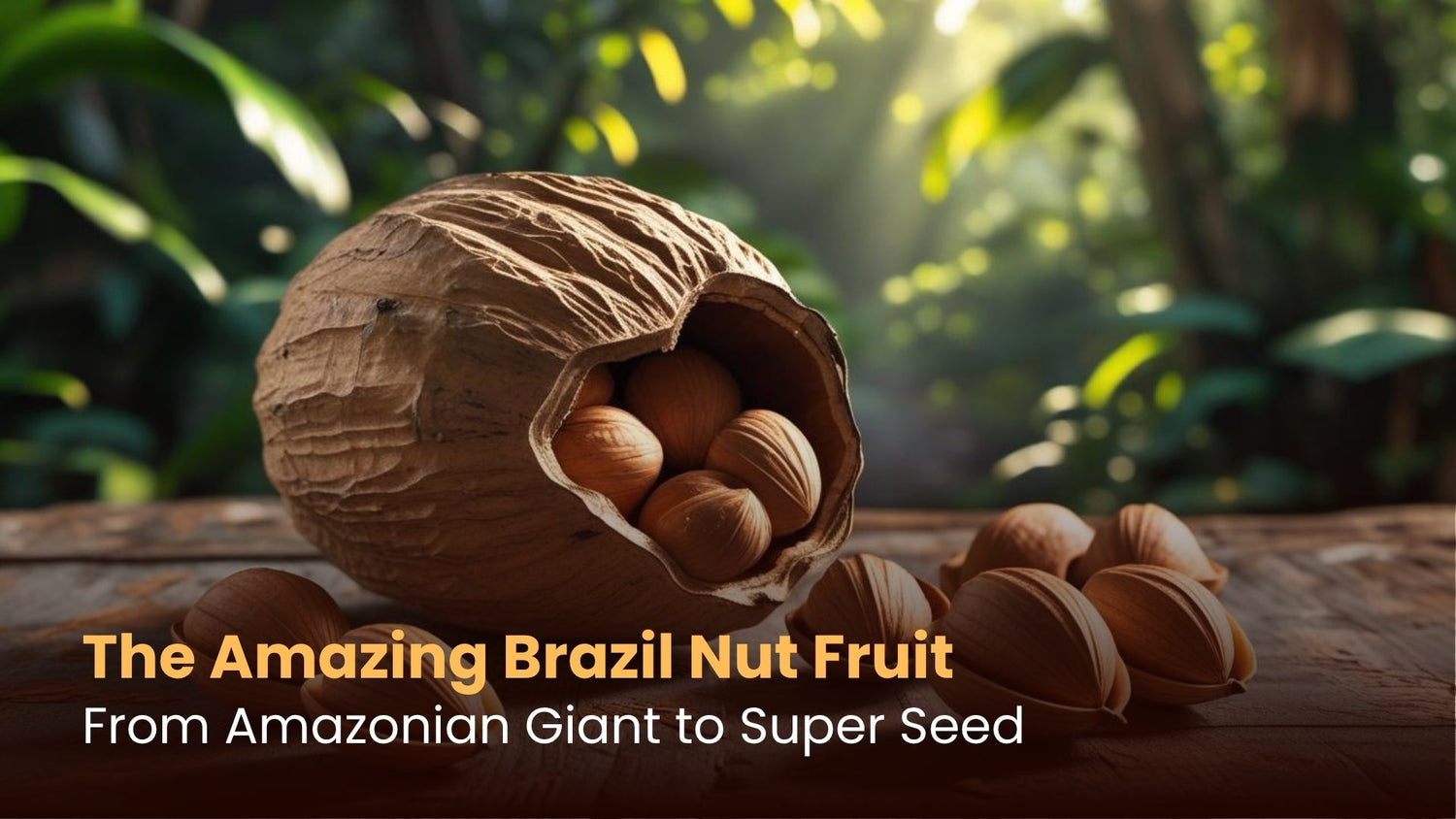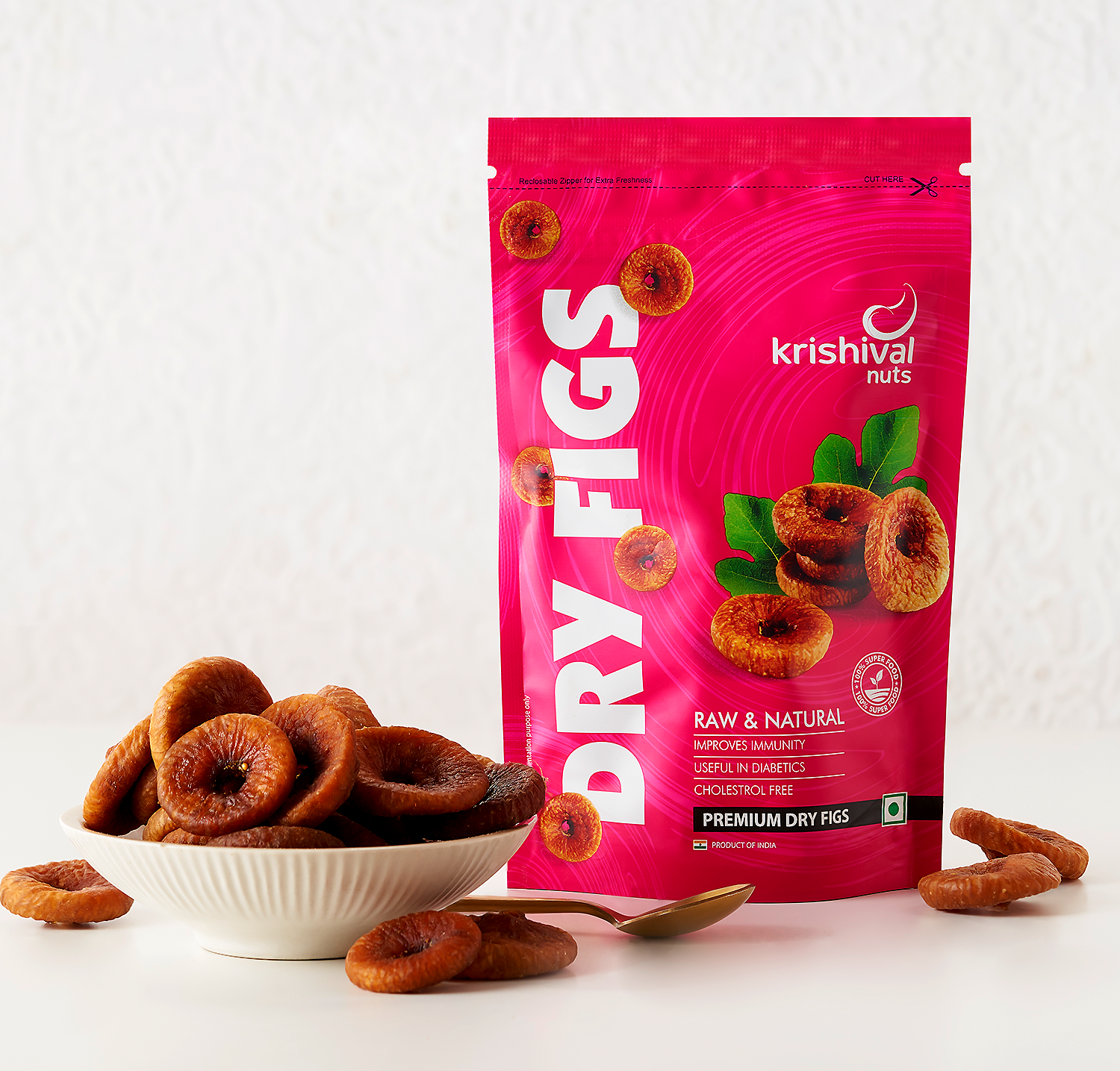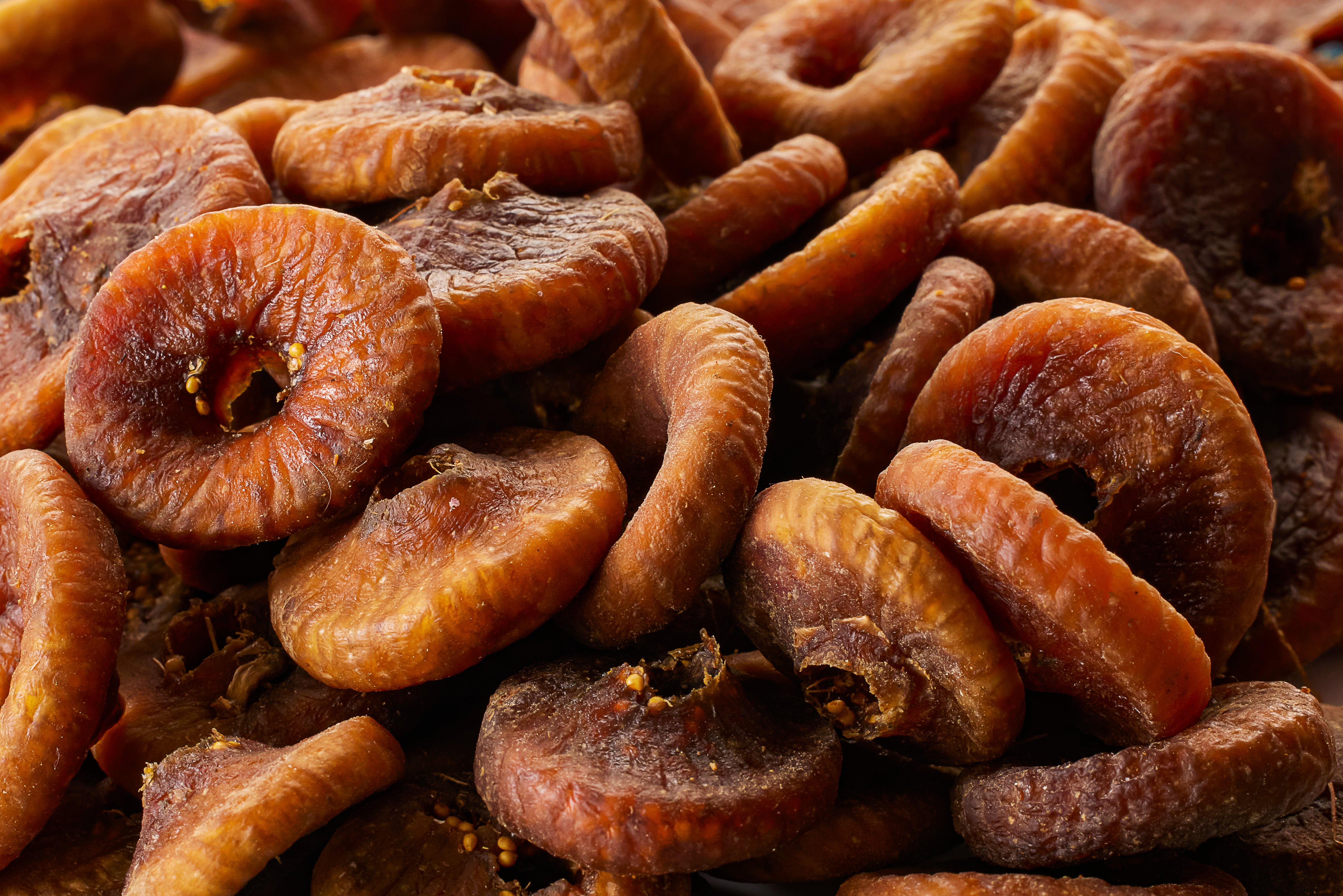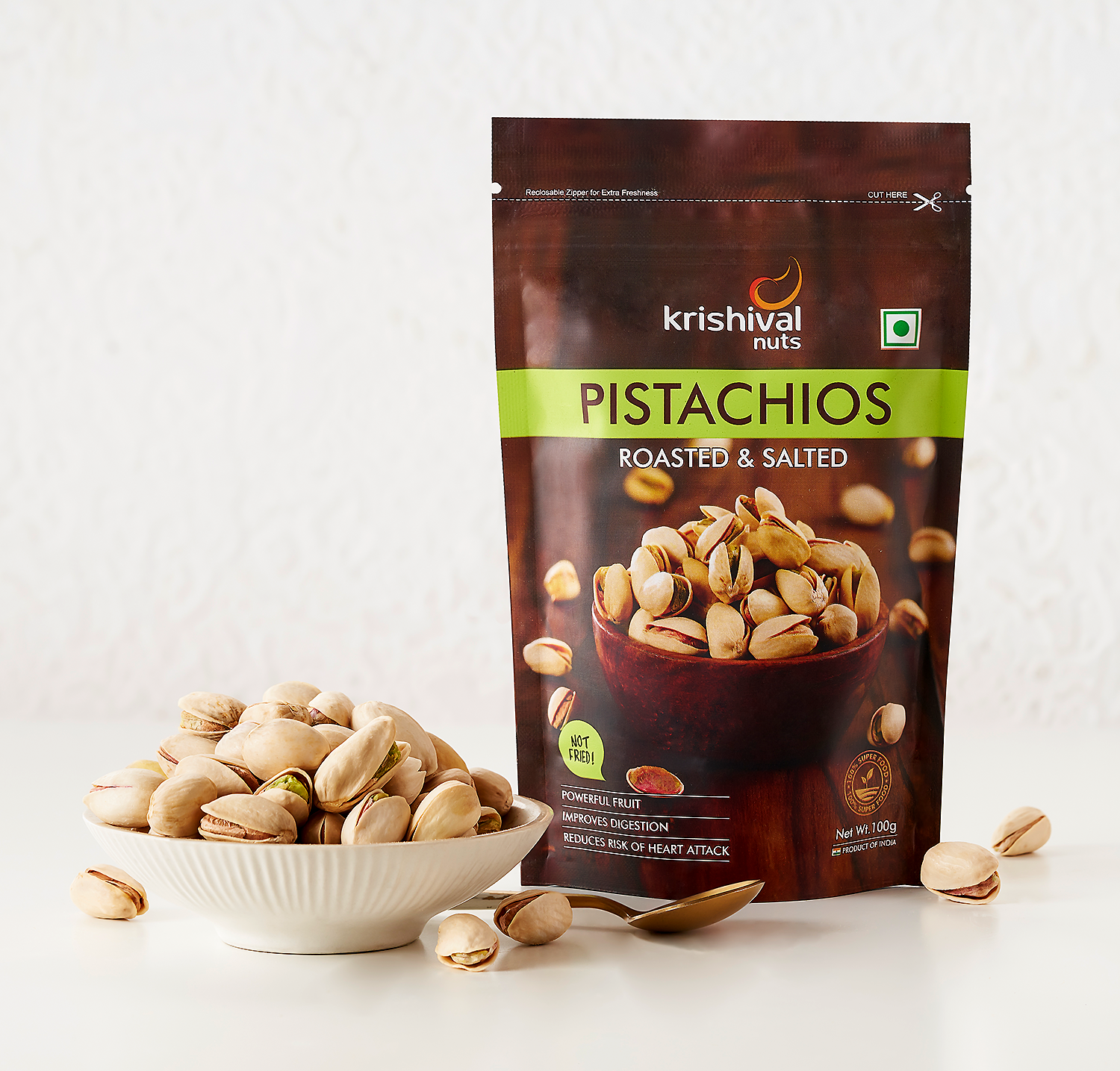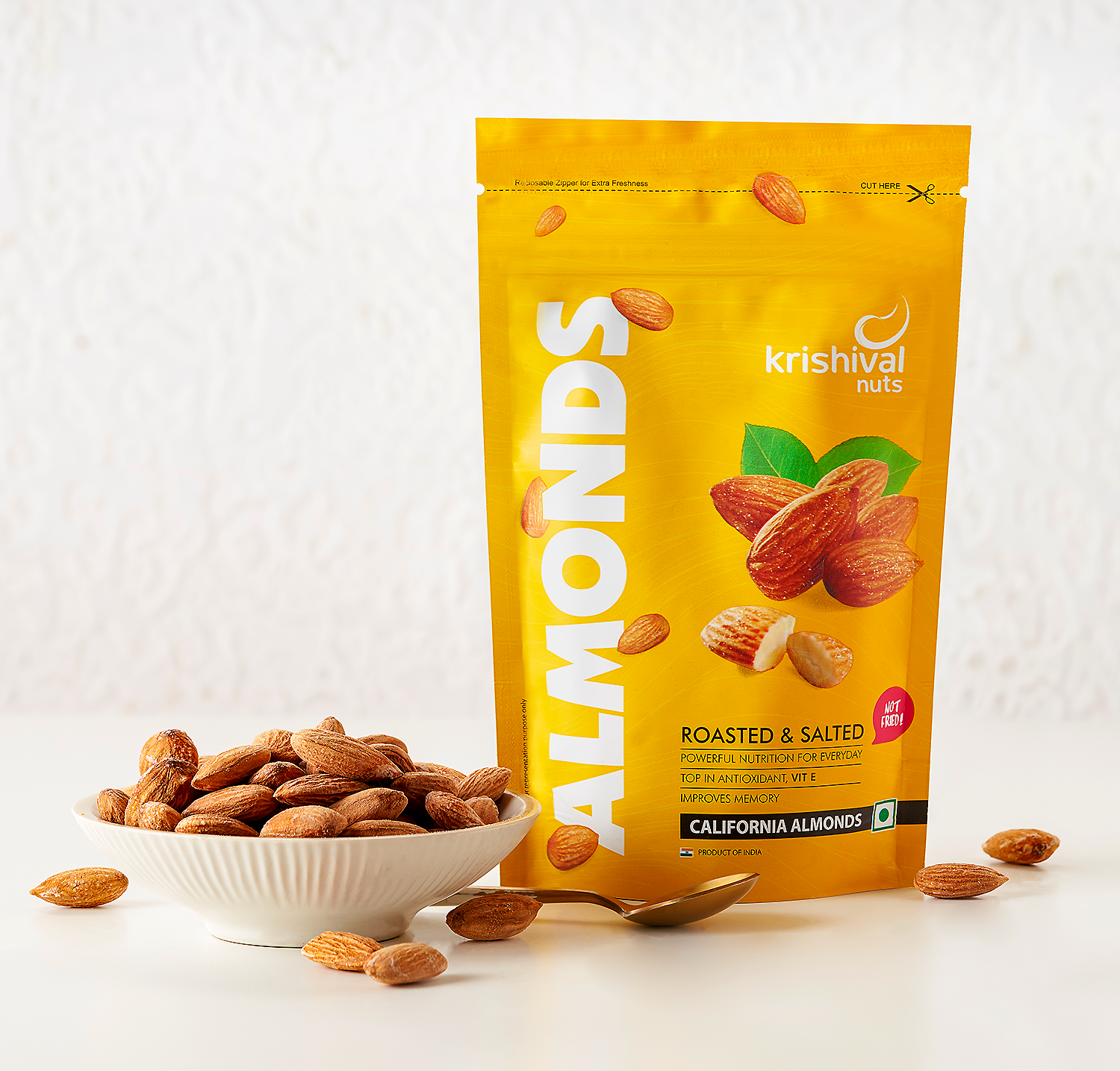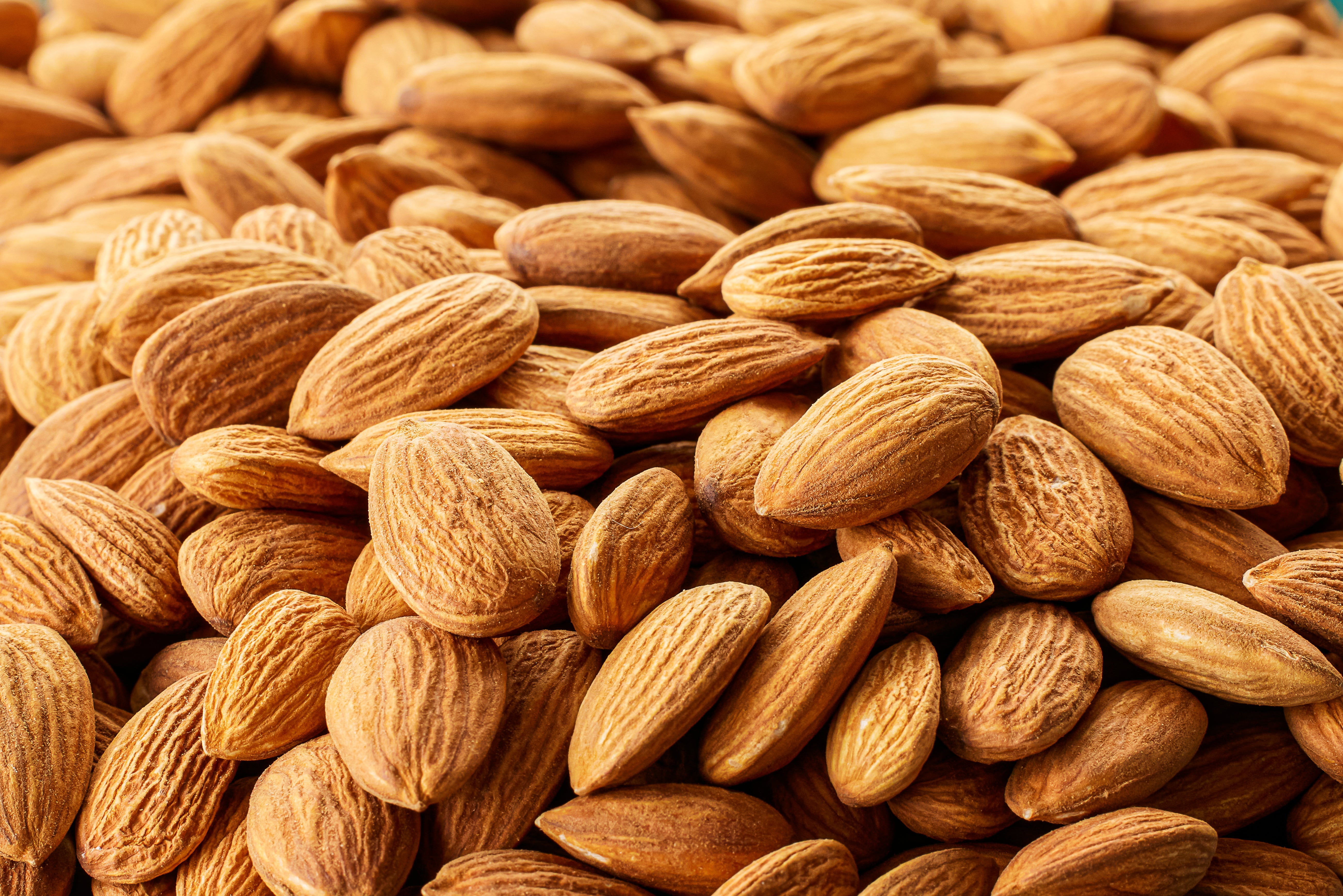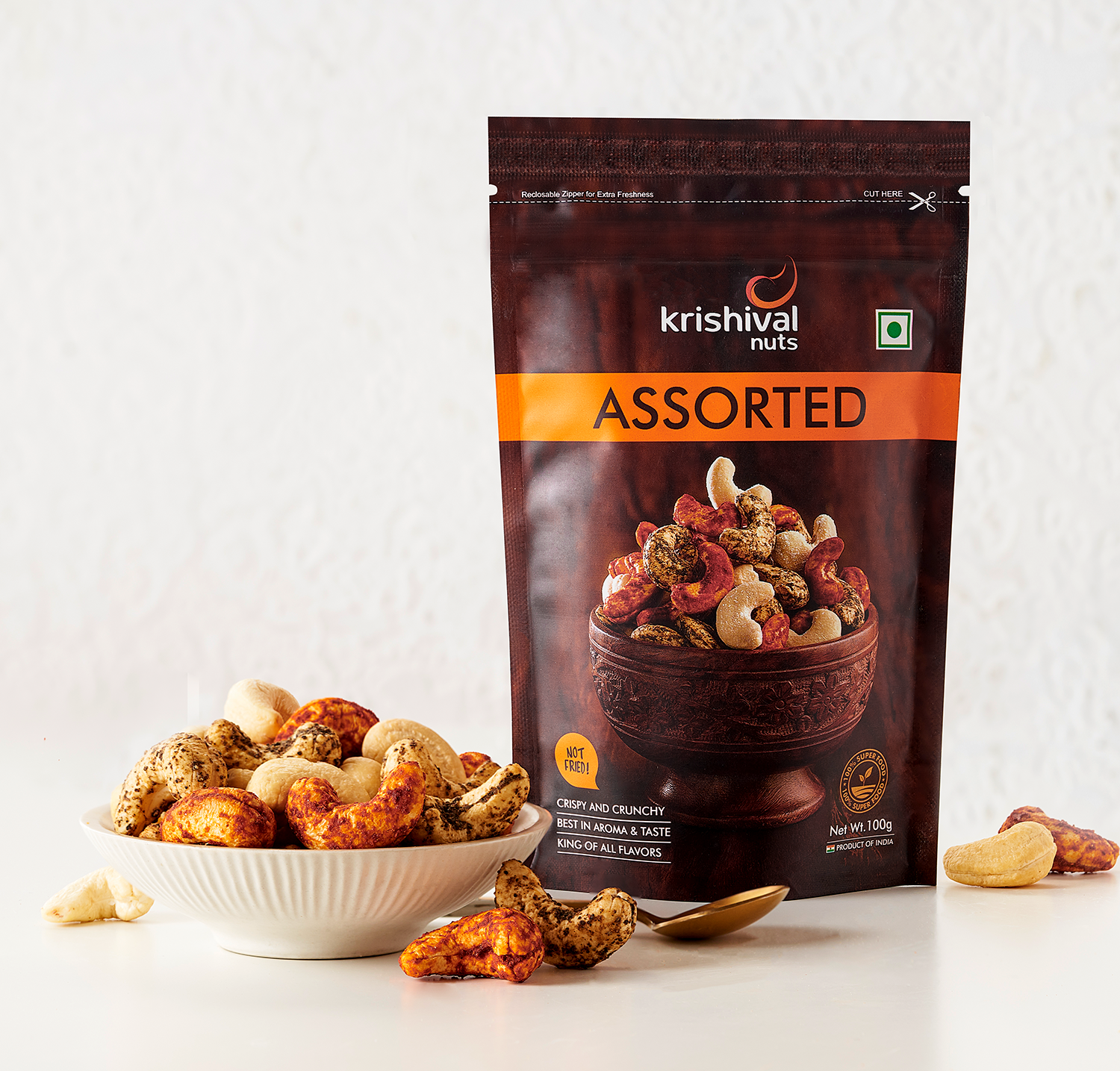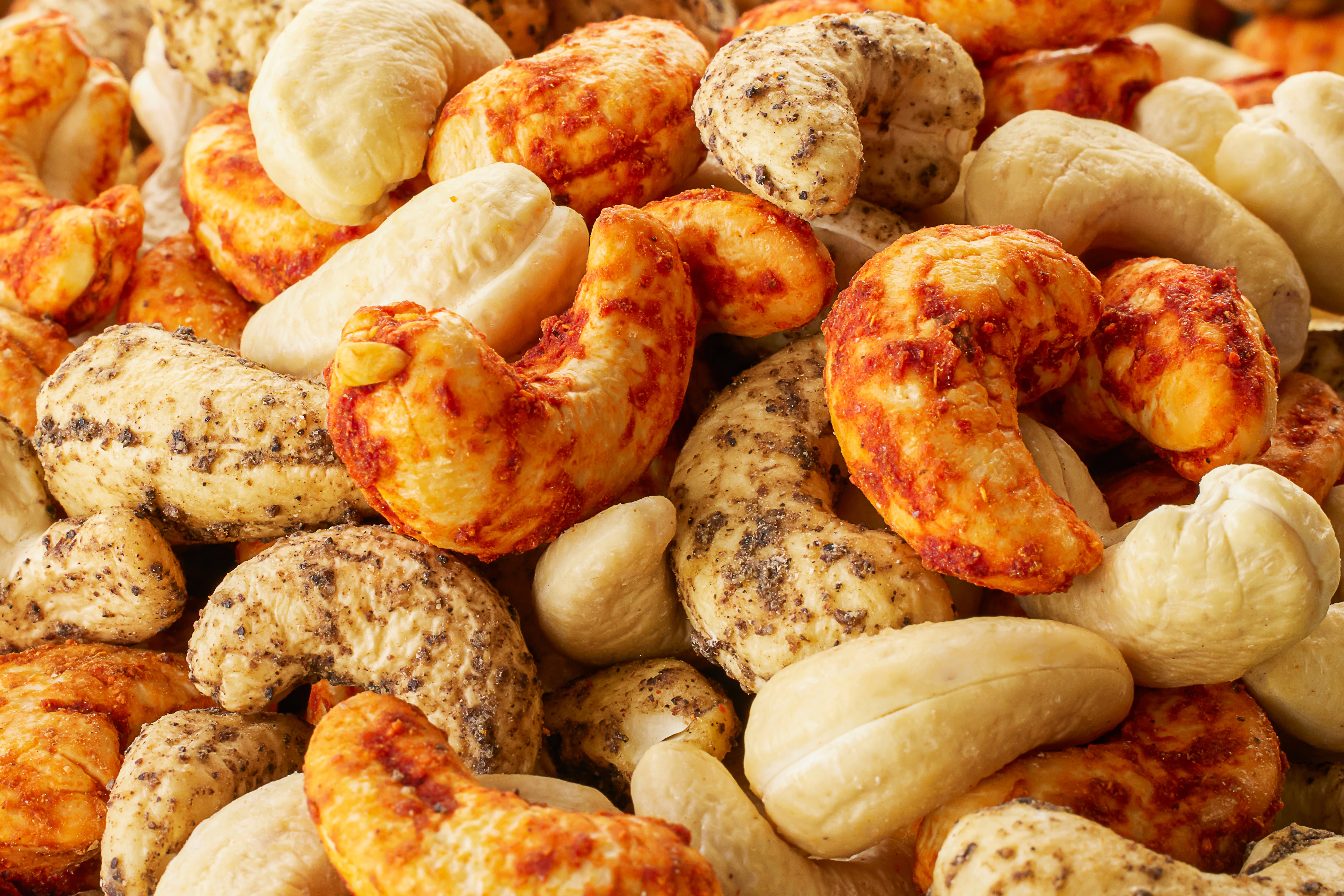Did you know that the "Brazil nut" is not a nut at all? The Brazil nuts fruit comes from the mighty Bertholletia excelsa, a true giant of the Amazon rainforest. This enormous tree produces a large, cannonball-like fruit that holds the precious seeds we know and love. This article explores the captivating Brazil nut fruit, its journey from the forest canopy to your kitchen, the incredible seeds it contains, and their phenomenal benefits. Come along as we discover more superfoods.
Unveiling the Brazil Nut Fruit: More Than Just a Shell
The Brazil nuts fruit pod is a marvel of natural engineering. It is a large, heavy, and incredibly tough vessel designed to protect its valuable contents. Many people compare its appearance to that of a coconut because of its round shape and hard, woody exterior. This outer shell is botanically classified as a capsule, a type of dry fruit that holds multiple seeds. Inside this protective fortress, the prized Brazil nut seeds are kept safe until they are ready to be released.
The Brazil nut fruit pod showcases remarkable characteristics that ensure the survival of the seeds within.
- Size and Weight: The fruit pod is impressively large, typically measuring 10 to 18 centimeters in diameter and can weigh up to a staggering 2.3 kilograms.
- Outer Shell: Its shell is exceptionally hard and woody, with a thickness of about 8 to 12 millimeters, providing a formidable defense against most animals.
- Botanical Classification: Scientists classify it as a capsule fruit, which means it is a dry fruit containing many seeds that are arranged like segments of an orange. This structure is one of the many unique fruit structures found in nature.
The "Nut" Deception: Understanding Brazil Nuts as Seeds
A common misconception surrounds Brazil nuts, as what we call a "nut" is botanically a seed. The Brazil nut seed is found inside the large fruit pod of the Bertholletia excelsa tree. A true botanical nut is a hard-shelled fruit that contains a single seed, like a hazelnut or an acorn. In contrast, the Brazil nut fruit is a large capsule that contains between 12 and 24 individual seeds packed tightly together.
This arrangement is often compared to the segments of an orange, with each "nut" being one of the many seeds nestled inside the larger fruit. So, while we enjoy them as nuts in our diet, science tells us that Brazil nuts are seeds. This distinction highlights the fascinating botany of Brazil nuts and the specific way they have evolved.
The Majestic Brazil Nut Tree (Bertholletia excelsa): An Amazonian Giant
The Brazil nuts fruit comes from the Bertholletia excelsa, a truly majestic tree native to the Amazon rainforest. This species is one of the largest and longest-lived trees in the entire Amazon basin, playing a vital role in the region's rich biodiversity.
The sheer scale of the Brazil nut tree is awe-inspiring.
- Height and Lifespan: These trees tower over the surrounding canopy, reaching heights of up to 50 meters (160 feet). They are also ancient, with many living for 500 years or even longer. Some sources suggest they can reach 1,000 years of age.
- Native Regions: The tree grows wild in the pristine forests of several South American countries, including the Guianas, Venezuela, Brazil, Colombia, Peru, and Bolivia. It thrives on the high ground of the Amazon River basin.
- Ecosystem Importance: The Brazil nut tree is a cornerstone of its ecosystem. Its flowers, fruit, and the openings created in the canopy when old trees fall support countless other species, making it a foundation of forest life. You can learn more about Brazil nut tree facts from conservation organizations.
The Intricate Life Cycle: From Flower to Fallen Fruit
The Brazil nut tree pollination process is a remarkable example of ecological interdependence, making its cultivation outside pristine forests extremely difficult. The tree’s survival hinges on a complex relationship with specific bees and a forest-dwelling rodent, showcasing a delicate natural ballet. This cycle highlights why Brazil nuts are a truly wild product and why plant-animal interactions are so crucial.
Here are the key stages of its life cycle:
- Stage 1: Flowering and Pollination The tree's large, complex flowers bloom for only a single day. They can only be pollinated by certain large-bodied bees, like orchid bees, which are strong enough to force their way inside the flower's hood to reach the nectar. These bees themselves depend on specific orchids found in the undisturbed forest to reproduce, creating a chain of dependency that makes Brazil nuts not cultivated in plantations.
- Stage 2: Fruit Development After a flower is successfully pollinated, it begins the long process of developing a fruit. The Brazil nut fruit development is a lengthy affair, taking about 14 months to fully mature into the heavy, woody pod.
- Stage 3: Fruit Fall Once ripe, the heavy fruit, weighing up to 2.3 kg, falls from the high canopy. It can reach speeds of up to 50 miles per hour on its descent, posing a significant danger to anything below.
- Stage 4: Seed Dispersal The fruit's shell is too hard for most animals to open. Its dispersal relies almost entirely on the agouti, a large rodent with sharp, strong teeth. The agouti gnaws open the pods to eat the seeds inside. It often buries extra seeds throughout the forest for later, and the forgotten ones can germinate and grow into new trees, ensuring the next generation of these Amazonian giants.
Harvesting Brazil Nut Fruits: A Wild and Perilous Task
Harvesting Brazil nuts is a demanding and often dangerous job performed almost entirely in the wild. The wild Brazil nuts are collected by skilled workers known as castanheiros, who venture deep into the Amazon during the rainy season. This collection period, typically from December to March, is when the ripe fruits have fallen to the forest floor.
The Brazil nut collection process is intense physical labor. Harvesters gather the heavy pods, which can weigh over two kilograms each, from the ground. A major Brazil nut fruit dangerous element is the risk of these cannonball-like pods falling from heights of 160 feet, which can be lethal to anyone standing below. Once collected, the workers use machetes to skillfully crack open the incredibly hard outer shell to extract the individual nuts, which are still in their own shells. This wild harvesting is a critical source of income for many Amazonian communities and relies on generations of traditional knowledge.
Nutritional Powerhouse: What's Inside the Brazil Nut (Seed)?
The Brazil nuts nutrition profile makes them a true superfood, packed with healthy fats, protein, and essential minerals. What truly sets them apart is their extraordinarily high content of selenium. Just a single nut can provide more than the recommended daily intake of this vital antioxidant. Besides selenium, Brazil nuts calories come from a beneficial mix of fats and they are a treasure trove of other important nutrients. You can find more details by understanding food nutrition.
Here’s a look at what a standard 1-ounce (about 6 nuts) serving of Brazil nuts contains:
- Selenium: Approximately 544 mcg (990% of the Daily Value).
- Protein: 4.1 grams.
- Healthy Fats: 19 grams, including a beneficial mix of monounsaturated and polyunsaturated fats.
- Dietary Fiber: 2.1 grams.
- Magnesium: 107 mg (25% DV).
- Copper: 0.5 mg (55% DV).
- Phosphorus: 206 mg (16% DV).
- Zinc: 1.15 mg (10% DV).
- Vitamin E: 1.6 mg (11% DV).
- Thiamin (Vitamin B1): 0.18 mg (15% DV).
Health Benefits of Brazil Nuts: Nature's Selenium Boost and More
The impressive benefits of Brazil nuts are directly linked to their rich nutritional content, especially their unparalleled selenium levels. Consuming these seeds in moderation can support various aspects of health, from hormonal balance to cellular protection. Their powerful blend of healthy fats, antioxidants, and minerals offers a wide array of advantages.
- Thyroid Support The thyroid gland requires selenium to produce crucial hormones that regulate metabolism and growth. The high selenium content in Brazil nuts thyroid function is supported by helping convert the thyroid hormone T4 into its active form, T3.
- Powerful Antioxidant & Anti-Inflammatory Effects Brazil nuts are packed with antioxidants like selenium and vitamin E, which help combat free radicals in the body. This action reduces oxidative stress and inflammation, which are linked to many chronic diseases.
- Heart Health Promotion The healthy monounsaturated fats in Brazil nuts can help improve cholesterol levels, which is a key factor for heart health. The fiber and antioxidants in Brazil nuts also contribute to reducing the risk of heart disease.
- Brain Function Support The antioxidants found in these nuts may help protect the brain from damage linked to neurodegenerative conditions like Alzheimer's. Some studies suggest that adequate selenium intake can also help improve mood and cognitive function.
Potential Risks and Considerations: Eating Brazil Nuts Safely
While Brazil nuts are incredibly nutritious, it is important to be aware of the potential Brazil nuts side effects, primarily related to their high selenium content. Overconsumption can lead to a toxic condition, so mindful eating is key. It's also wise to be aware of other general concerns associated with tree nuts.
- Selenium Toxicity (Selenosis) Eating too many Brazil nuts can lead to selenium toxicity, a condition with symptoms like garlic breath, a metallic taste, hair and nail loss, skin rashes, and fatigue. In severe cases, it can cause nerve damage or even more serious health issues like kidney or heart failure. Health authorities recommend a safe consumption limit of just one to three nuts per day.
- Aflatoxin Contamination Like many nuts, Brazil nuts can be susceptible to aflatoxins, which are toxins produced by certain molds, if not stored properly. These toxins are more of a concern with nuts still in their shell or those that have been improperly handled and stored. Quality control and proper storage significantly reduce this risk.
- Allergies As a tree nut, Brazil nuts can cause severe allergic reactions in sensitive individuals. Anyone with a known tree nut allergy should avoid them completely to prevent a potentially dangerous allergic response. Acknowledging and understanding food allergies is crucial for safety.
Selecting, Storing, and Enjoying Brazil Nuts
To fully enjoy the benefits of Brazil nuts, it’s important to know how to choose, store, and prepare them correctly. Proper selection and storage ensure you get the freshest taste and maximum nutritional value, while simple preparation ideas make them an easy addition to your diet. Here are some practical tips.
- How to Select Fresh Brazil Nuts When buying shelled Brazil nuts, look for whole, firm kernels that feel heavy for their size. They should be cream-colored and free from shriveling or dark spots. Avoid any that smell musty or rancid, which indicates they have gone bad.
- Best Way to Store Brazil Nuts Due to their high oil content, storing Brazil nuts properly is crucial to prevent them from becoming rancid. Keep shelled nuts in an airtight container in the refrigerator for up to a few months, or in the freezer for up to a year.
- Simple Ways to Eat There are many simple ways for how to eat Brazil nuts. Enjoy them raw as a quick and satisfying snack, roast them lightly to enhance their nutty flavor, or chop them to sprinkle over salads, yogurt, or oatmeal. They can also be blended into smoothies for a creamy texture and a nutrient boost. For more ideas, check out some healthy snack recipes.
Brazil Nuts, the Amazon, and Sustainability: A Delicate Balance
The story of Brazil nuts sustainability is a powerful example of how consumer demand can support rainforest conservation. Because Bertholletia excelsa trees thrive only in pristine, undisturbed forests, the Brazil nut industry provides a strong economic incentive for local communities to protect the Amazon. This concept is often called "conservation-through-use."
The economic impact of Brazil nuts is significant for thousands of families in the Amazon basin who rely on harvesting this non-timber forest product for their income. By choosing wild-harvested Brazil nuts, consumers support a system that keeps the forest standing. This helps prevent deforestation and protects the incredible biodiversity that depends on the Amazon ecosystem. Embracing sustainable food choices like these makes a real difference.
Conclusion
The Brazil nut fruit It is a tough, woody capsule that masterfully protects the incredibly nutritious seeds inside. These seeds, which we know as Brazil nuts, offer powerful health benefits, most notably a remarkable amount of selenium that supports thyroid function and provides antioxidant protection. The journey of the Brazil nuts fruit from a towering tree in a pristine forest, through a complex cycle of pollination and dispersal, to a perilous harvest, highlights a deep connection to its native ecosystem. This reliance reminds us that enjoying these super seeds also means supporting the conservation of the Amazon itself. Therefore, mindful consumption is key—not just for our health, but for the health of the planet. Explore more at Krishival.com.
Frequently Asked Questions (FAQ) about Brazil Nut Fruit and Nuts
Q1: What exactly is the Brazil nut fruit? The Brazil nut fruit is a large, round, woody pod that grows on the Bertholletia excelsa tree in the Amazon rainforest. It resembles a coconut and contains 10 to 24 seeds, which are the Brazil nuts we eat.
Q2: Is a Brazil nut really a nut or a seed? Botanically, a Brazil nut is a seed. True nuts are single seeds encased in a hard shell, whereas Brazil nuts are multiple seeds found within a larger fruit capsule.
Q3: How many Brazil nuts can you eat a day? It is recommended to eat only one to three Brazil nuts per day. This is because they are exceptionally high in selenium, and eating more can lead to selenium toxicity.
Q4: What does a Brazil nut fruit look like? The fruit looks like a large, round coconut, with a hard, woody shell. It typically measures 10-15 cm in diameter and can weigh up to 2.3 kg.
Q5: Why are Brazil nuts so high in selenium? Brazil nuts absorb high amounts of selenium from the uniquely rich soil of the Amazon rainforest where the trees grow. This makes them the most concentrated food source of this mineral.
Q6: Where do Brazil nut fruits grow? They grow on giant trees native to the Amazon rainforests of South American countries like Brazil, Bolivia, Peru, Colombia, and Venezuela.
Q7: Can you eat the Brazil nut fruit pod? No, the fruit pod (or shell) is extremely hard, woody, and inedible. Only the seeds inside are eaten.
Q8: Are Brazil nuts good for thyroid? Yes, they are very good for the thyroid. The high selenium content helps support thyroid hormone production and can protect the gland from damage.
Q9: What are the dangers of eating too many Brazil nuts? Eating too many can cause selenium toxicity (selenosis), with symptoms like garlic breath, hair loss, nausea, and skin rashes. In severe cases, it can lead to more serious health issues.
Q10: How are Brazil nut fruits harvested? Harvesters, known as castanheiros, collect the heavy pods from the forest floor after they fall from the trees during the rainy season. They then crack the pods open with machetes to extract the nuts.
Q11: Why can't Brazil nut trees be easily farmed? They rely on a complex ecosystem, including specific large-bodied bees for pollination and agoutis for seed dispersal, which are only found in pristine, undisturbed rainforests.
Q12: What do Brazil nuts taste like? They have a smooth, buttery texture and a rich, nutty flavor. Some people find them to be mildly sweet.
Q13: How should I store Brazil nuts to keep them fresh? Due to their high oil content, they should be stored in an airtight container in the refrigerator or freezer to prevent them from becoming rancid.
Q14: Are Brazil nuts safe during pregnancy? In moderation (1-2 nuts per day), they are generally safe and can be a good source of selenium. However, it is always best for pregnant individuals to consult their doctor for personalized advice.
Q15: Do Brazil nuts help with weight loss? While they are calorie-dense, their protein and fiber content can promote feelings of fullness. As part of a balanced diet with portion control, they can support a healthy weight.

